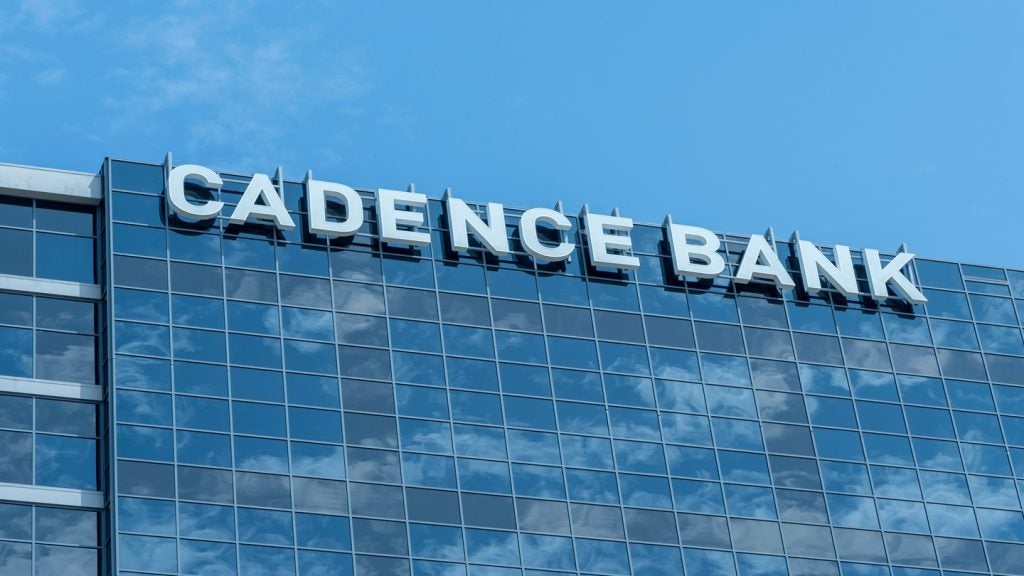Spain’s BBVA is bullish on its prospects for the next three
years, as growth in Mexico and Asia-Pacific complements the bank’s
sophisticated segmentation strategy in its domestic Spanish market.
One of the bigger risks, nonetheless, is its considerable exposure
to the US mass market, writes William Cain.
BBVA chairman Francisco González is targeting double-digit
profit growth figures across the company’s markets over the next
three years, driven by cost cutting and customer acquisition.
He expects the biggest returns in Mexico, with growth of 20 percent
a year until 2010. In BBVA’s core markets of Spain and Portugal,
growth of more than 15 percent a year is anticipated in 2008 and
2009. And in the US, BBVA is aiming for a profit of $500 million by
2010 at a CAGR of 17 percent.
The bank will also continue its strategy of expanding its footprint
in Asia, where BBVA said it had already made unrealised capital
gains of €353 million ($520 million) since 2006.
Biggest challenge is in the US
The biggest challenge the company faces is in the
US, where it is still integrating the four banks it has acquired
since 2004. Compass, BBVA’s most recent and highest-profile
acquisition (it cost $9.6 billion), has given it a strong presence
in the US’s Sun Belt region. Along with an overall growth
rate of 17 percent, the bank is aiming for a reduction in its
cost-income ratio from 57 percent to 48 percent in 2010 in the
US.

US Tariffs are shifting - will you react or anticipate?
Don’t let policy changes catch you off guard. Stay proactive with real-time data and expert analysis.
By GlobalDataJesus Martinez, lead BBVA analyst at ratings agency Standard &
Poor’s, told RBI the US would be a test as the bank will
be operating in a different market. He said: “The big change for
BBVA is in the US. Compass was well managed when they bought it and
they are trying to incorporate this – and I think they can do
it.
“The main challenges [in the US] are: one, how the US economy
performs, which is uncertain at the moment; two, [BBVA] have had a
lot of experience in undeveloped markets, but this is different as
the US has one of the most developed markets in the world.”
Speaking at the company’s investor day, chairman González said the
bank’s strong retail franchise and branch network would be at the
heart of its push for growth across the world, as it moved into “a
more complex financial environment”.
The bank remains committed to reducing its cost-income ratio to 35
percent from the current level of 42.6 percent, as it seeks to gain
more value from its existing customers. BBVA has already made
significant headway in that area, selling 4.7 products per customer
compared with an industry average of 3.3. And the bank wants to
improve on that by trialling branches that incorporate elements
used in retail outlets to offer high-value products for purchase;
the items on sale range from coffee machines to apartments on the
Spanish coast.
BBVA has negotiated deals with manufacturers and suppliers to offer
the items, on which it takes sales commission and also benefits
from the loans sold to finance the goods.
González said: “We will no longer be a good conventional bank but
an excellent service company. Our approach is going to make us
completely different to other banks.”
Growth targets
In Spain and Portugal, the company expects 10 percent of its growth
target of 15 percent to come from non-financial products and
services. As well as pursuing middle-class clients, the bank is
chasing lower income groups. It wants 1 million new young customers
and 500,000 new immigrant customers by the end of 2009.
BBVA has already launched a scheme across Spain – part of the
bank’s wider innovation and transformation plan – designed to
attract the immigrant population, which accounts for around 10
percent of the country’s 45 million population. The programme has
helped it gain 660,000 immigrant customers so far, from 421,000 in
December 2005.
Martinez said: “Everyone is trying this strategy as it is where the
population is growing fastest – but larger banks like BBVA have a
bigger chance of being successful at it. The key is to keep risks
in control, as this portion is less wealthy and carries more risk.
But it will represent a small part of the business and BBVA does a
good job on risk management.”
The bank has acquired new customers in the youth segment twice as
quickly in the first three quarters of 2007 as it had in the same
period in 2006 (see RBI 577).
It has seen a significant number of mortgage products sold to this
group, with percentage mortgage production via their youth
programme increasing from 22 to 32 percent in the first three
months of the year.
The bank will now try to increase its cross-selling ratio to more
than five products per customer. BBVA said it would achieve this
with marketing tailored to each customer’s profile.
In Mexico, in addition to the projected 20 percent a year growth
figure, BBVA wants to add 4 million customers by 2010, taking its
total customer base there to 18 million. The bank has consolidated
its position in Mexico, according to Ignacio Deschamps, general
manager at BBVA Bancomer, and now wants to multiply the consumer
finance portfolio 2.5 times and the mortgage portfolio three
times.
Between 2004 and 2007, BBVA Bancomer increased its total loans at a
CAGR of 42 percent, loans to individuals of 66 percent a year and
increased profit by 27 percent a year. During the same period, it
reduced the overall efficiency ratio from 44.3 to 34.4 percent, in
line with the group’s overall 35 percent target for 2010.
The bank has 34 percent of the consumer credit market share and
32.8 percent of the new mortgage market share – both leading
positions. It said it would concentrate on the further bundling of
products to improve its cross-selling ratio.








